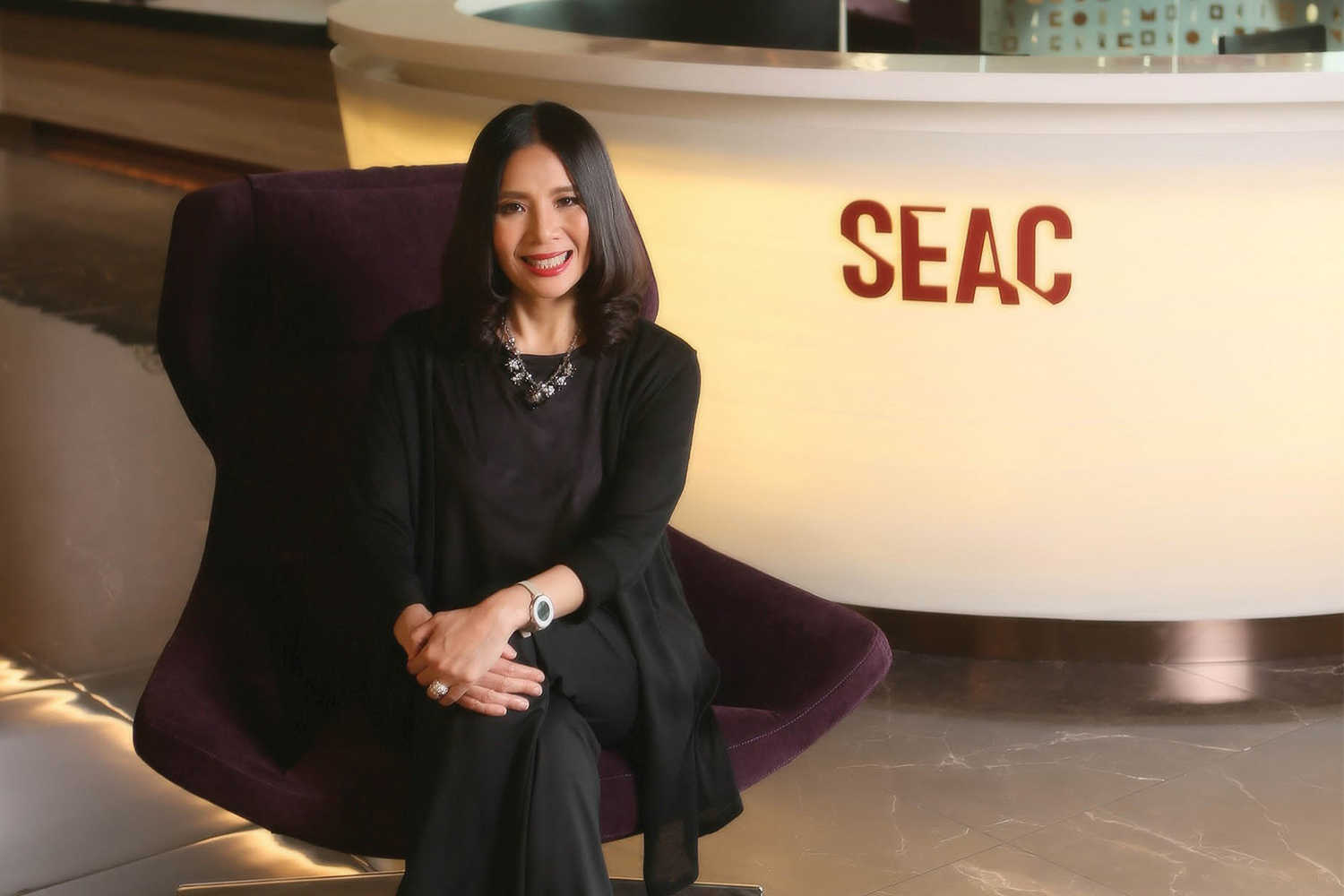
Change and uncertainty are uncomfortable. No one wants to intentionally experience discomfort. But we all know that staying in our comfort zone can be more dangerous and unsettling for organisations than getting a little uncomfortable.
When we’re in our comfort zone, we don’t think about doing anything different. We’re comfortable with the way we are so we continue our usual way of working. But we know change is constant and if we remain still, we will become irrelevant.
When we face changes in our environment, we’re sometimes forced out of our comfort zone. That’s when we enter the fear zone. That sounds daunting, but it is a necessary step toward transformational change in the organisation.
When we’re in the fear zone, we inevitably feel afraid or anxious and start to lose some of our confidence. We’re being tested by things we’re unfamiliar with, which can cause confusion and stress about what to do next. Paired with the need to do things quickly, it can lead to chaos.
Because of this, many organisations seek to engage in transformational change to ensure that they are ready for anything that might come their way. In a previous article, we discussed the meaning of transformational change and why it doesn’t work for some organisations.
Transformational change can be a great way to navigate the transition through times when external changes are having an impact on the organisation. It helps business leaders guide their people and walk together toward the same direction.
In Journey to Newland: A Roadmap for Transformational Change, author Bill Poole writes that transformational change is a journey from the oldland (where we are today) to the newland (where we want to be). This journey is a daunting but necessary one if we want to find new opportunities and success.
A great metaphor in the book is that the organisation in a jungle, where we and our people are the animals. When we’re in the oldland, resources can diminish. We need to migrate to richer lands to find new opportunities, so we cannot remain in comfort – we must move forward to find new opportunities for business.
But before we can find greater opportunities, the organisation must go through different stages of transformational change. The very first step — which many organisations are facing today – is taking that leap into the fear zone.
The role of business leaders begins with guiding their people toward regaining their confidence in the fear zone. So, how we can make a successful transition with our people through a time of change and thrive, allowing us to get through the fear zone?
First, understand that individuals will have different reactions and ways of dealing with change. Because each person in the organisation will react differently, transformational change efforts might not work for everyone. Keep this in mind in all subsequent steps.
Second, plan for both short-term and long-term goals. Not everyone is going to buy into the idea of change, so planning goals is important to kickstart change. Short-term goals represent quick wins that are good for morale and will encourage people to stick with the transformation plan. But long-term goals are equally important for the future sustainability for the business.
Third, communicate and guide. It is important to be transparent with your people. Change is not easy for anyone; it takes some time to get comfortable. While in the fear zone, people can be overwhelmed by the many things thrown at them.
As business leaders, we must be able to communicate the direction and guide our people, so they continue to learn, build skills and confidence during this time.
Fourth, inspire a belief in shared values to ensure everyone moves in the same direction. It is one thing to communicate and guide people, but eventually, we want to inspire them. The greatest asset humans have is their passion. Passion, determination, drive and perseverance build resilience through times of change.
Finally, model the change. We cannot expect our people to make changes if we ourselves don’t make the effort. As business leaders, we must be able to model the change for our people to be inspired and aspire to new achievements.
The leap from the comfort zone to the fear zone is a daunting one, a journey we wouldn’t choose to jump into immediately. But with great leadership, the organisation can move forward to find greater business opportunities.
Arinya Talerngsri is Chief Capability Officer and Managing Director at SEAC – Southeast Asia’s Lifelong Learning Center. She can be reached by email at arinya_t@seasiacenter.com or https://www.linkedin.com/in/arinya-talerngsri-53b81aa. Explore and experience our lifelong learning ecosystem today at https://www.yournextu.com
